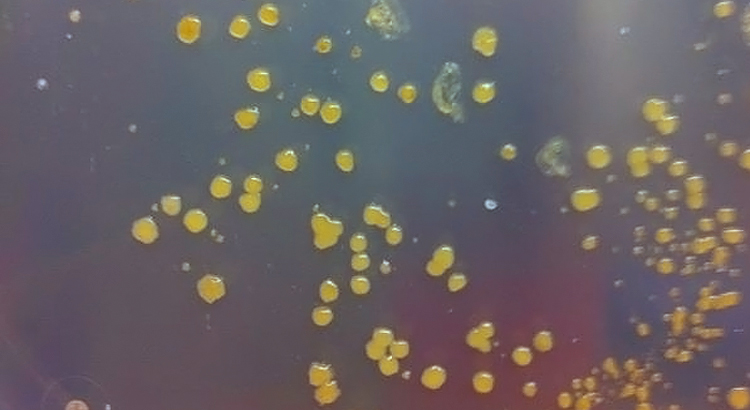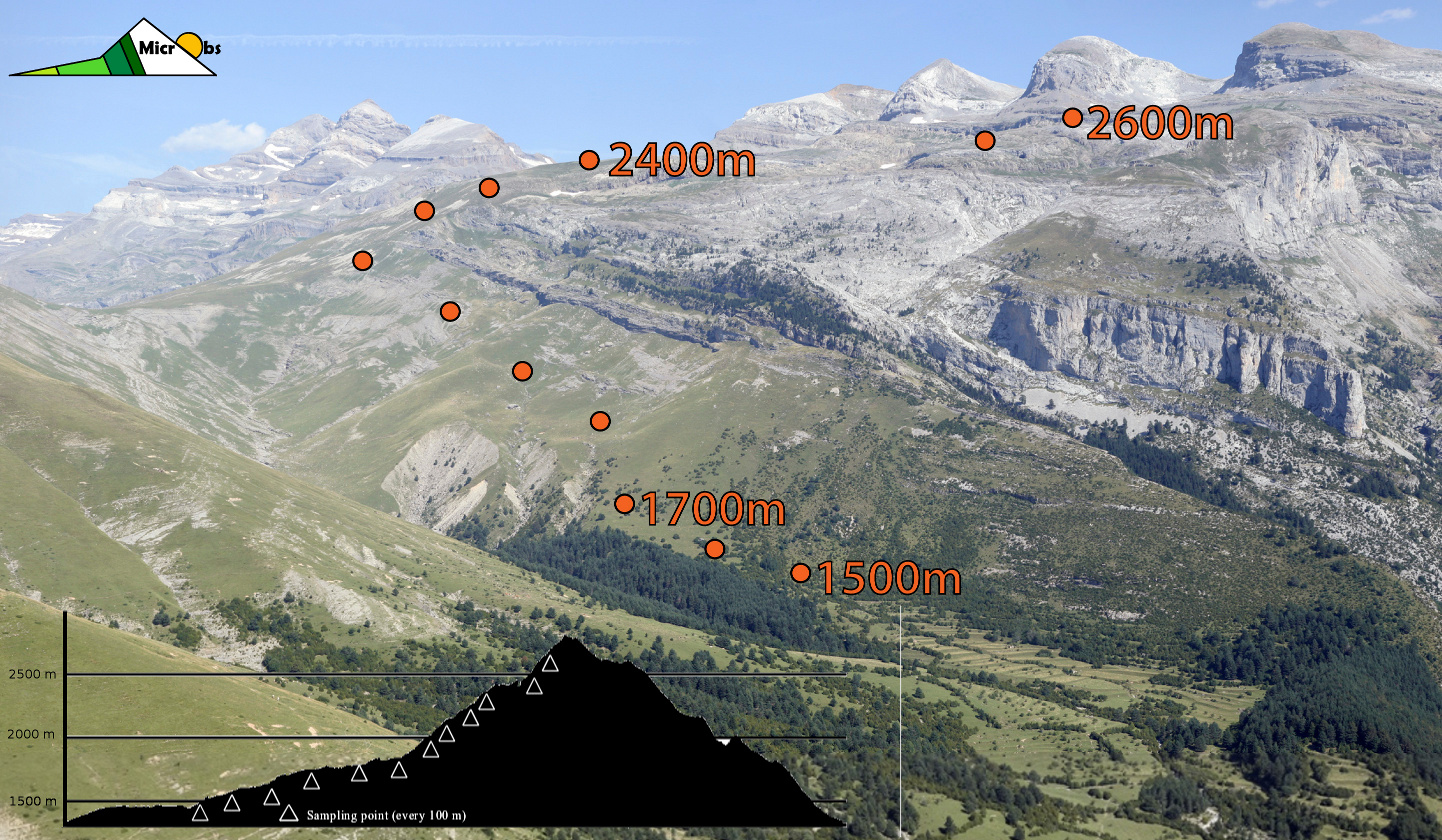As part of the NANOBIOR project, funded through the Gaitek Program (Basque Government), we are currently isolating bacterial strains from an industrial soil, located in Zorrozaurre (Bilbao), highly contaminated with polychlorobiphenyls (PCBs), in an attempt to identify strains with potential for the bioremediation through bioaugmentation of soils contaminated with these highly recalcitrant organochlorines. Our objective is to have a collection of bacterial strains with potential for bioaugmentation of soils contaminated with organic compounds.
Mikel Anza from our group has been successful at isolating some bacterial strains which can grow on biphenyl as the only carbon source. Biphenyl-utilizing bacteria co-metabolize PCBs into chlorobenzoic acids by using biphenyl-catabolic enzymes. At the moment, Mikel is quantifying the expression of biphenyl dioxygenase genes (Bhp) by these strains.
Biphenyl is a compound in which two benzene rings are connected to each other. Polychlorinated biphenyls (PCBs) can be produced by the direct chlorination of biphenyl (then, 209 different congeners containing 1 to 10 chlorines can be produced). These highly recalcitrant compounds are some of the most serious environmental contaminants worldwide.
Biphenyl dioxygenase (BphA) is a Resike-type, three-component enzyme, composed of a terminal dioxygenase and an electron transfer chain (electron transfer from NADH to reduce the terminal dioxygenase). The terminal dioxygenase activates molecular oxygen to introduce it into the biphenyl molecule at the 2,3 position to obtain a 2,3-dihydro-2,3-diol. This 2,3-dihydro-2,3-diol is later dehydrogenated to 2,3-dihydroxybiphenyl by dihydrodiol dehydrogenase (BphB). The 2,3-dihydroxybiphenyl dioxygenase (BphC) cleaves the 2,3-dihydroxylated ring between carbon atoms 1 and 2 to produce 2-hydroxy-6-oxo-6-phenylhexa-2,4-dienoic acid (HOPD). HOPD is hydrolyzed to benzoic acid and 2-hydroxypenta-2,4-dienoate by a hydrolase (BphD). The bphB, bphC, and bphD genes encode a dehydrogenase, a ring-cleavage dioxygenase, and a hydrolase, respectively.




